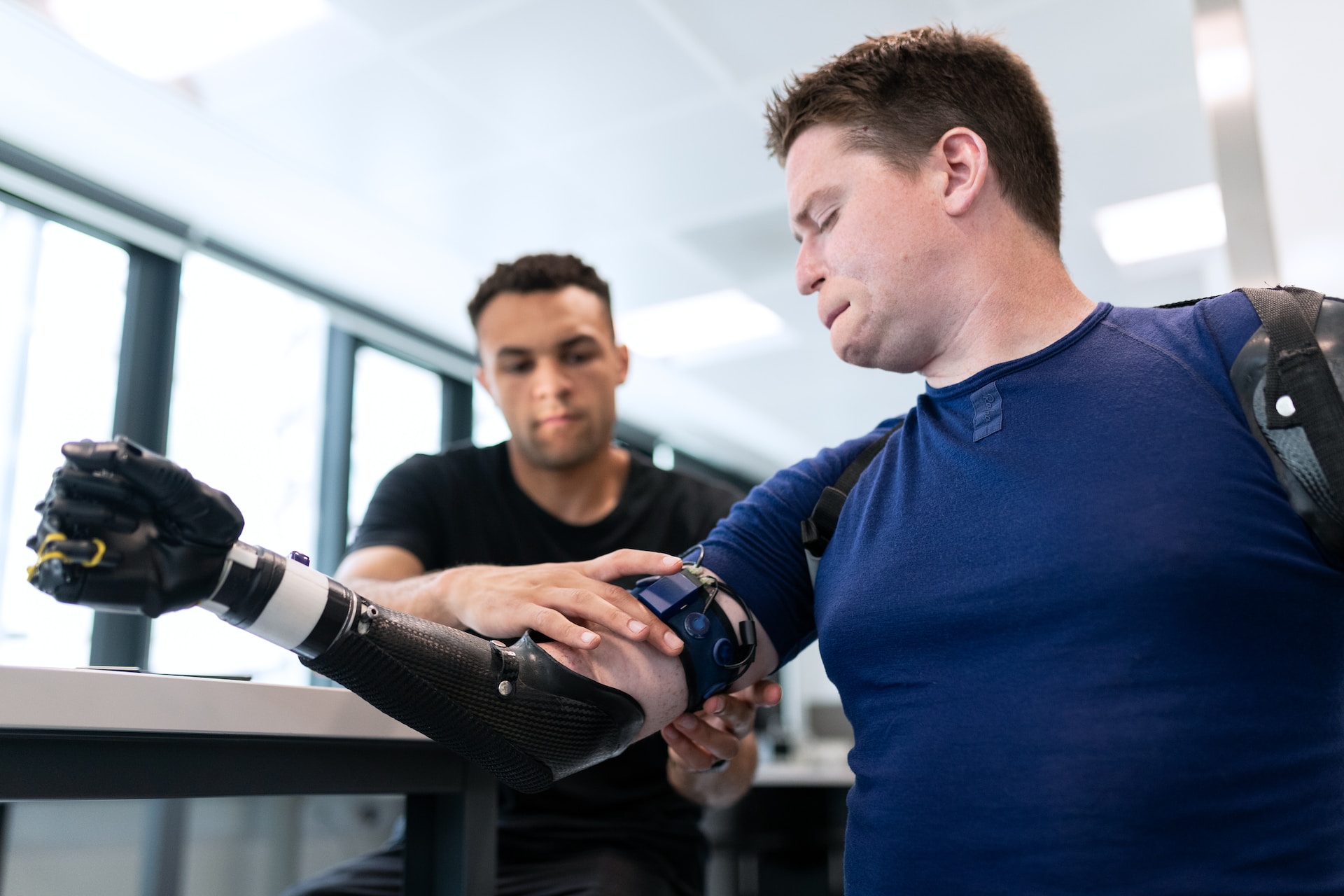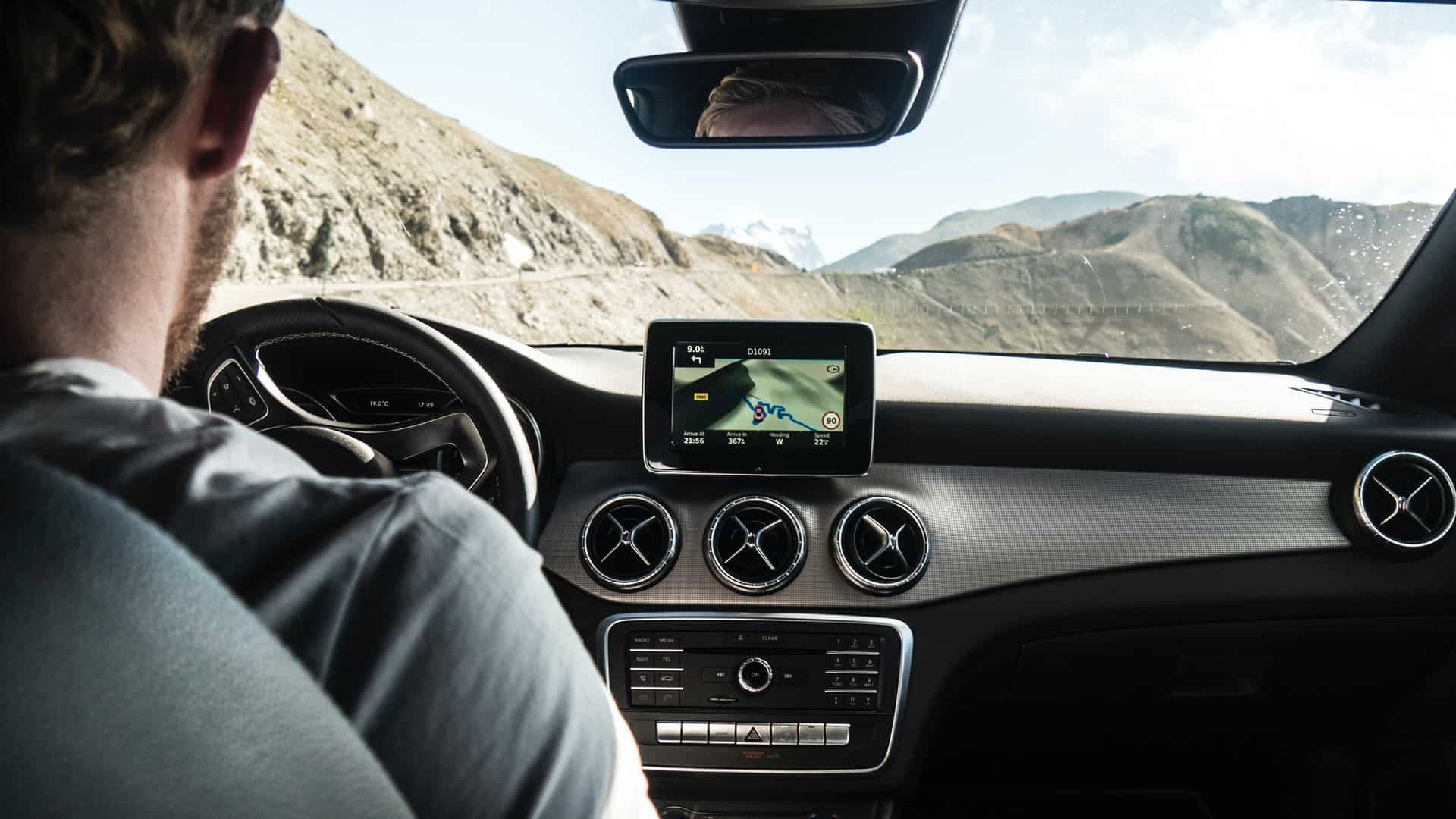



Revolutionized is reader-supported. When you buy through links on our site, we may earn an affiliate commision. Learn more here.
For years, autonomous vehicles have been on the verge of hitting the market. So far, however, automakers have struggled to move from semi-autonomous driver-assist systems to fully autonomous vehicles. Major challenges and a few high-profile accidents, however, have significantly slowed the rollout of the technology — pushing automakers to innovate and reconsider their approach to autonomous driving systems. Newer self-driving cars may turn to an old technology, radar, to help them navigate while on the road. What makes radar for autonomous vehicles a viable solution?
Most modern self-driving cars — whether they are fully autonomous or merely support drivers — use a technology called lidar to navigate. Lidar (also written LiDAR), short for light imaging detection and ranging, works by bouncing laser light beams off surrounding objects and terrain to provide a high-quality, 3D scan of an area.
Each lidar system consists of three primary components — a scanner, laser and GPS tracker — and a handful of other supporting components, like optics and photodetectors. When the lidar system is activated, it uses the laser to send out timed pulses of laser light. These pulses bounce off of nearby objects and surfaces, then back to the lidar system.
When the laser light returns to the lidar sensors, it provides the system with accurate information about nearby objects, including object, shape, size, luminosity, and relative velocity. The GPS tracker helps the lidar system to orient object information, allowing the system to determine where nearby objects are relative to its exact global location.
Some advanced lidar systems can even use laser light to determine the color of objects — an essential tool for self-driving cars, which need to both detect and parse road signs that provide important information like speed limits.
The same technology is also used in surveying and construction, where it helps provide an accurate digital representation of a given location in a short time.
Lidar has some serious shortcomings, however. These shortcomings — combined with the high cost of lidar technology — can limit their effectiveness in helping autonomous vehicles navigate.
Like human drivers, lidar systems can become effectively blind in bad weather.
Snow, fog and heavy rain conditions can interrupt or disrupt the laser light emitted from the lidar’s system, making it difficult or impossible to create an accurate picture of the road around a vehicle.
Dust and smoke kicked up by road construction or fires could also significantly impact an autonomous car’s ability to navigate.
Lidar does have one advantage over people — it can actually see much better at night. However, in most cases where low visibility would cause a human driver to struggle, lidar will run into challenges as well.
When visibility is poor, the car’s vision systems may struggle to identify road signs and markings. As a result, the car may not be able to tell where it is on the road or read important signs, like speed limit posts. It may also have challenges in determining the speed of nearby objects, including other vehicles, obstacles and guardrails.
Some automakers have plans to go beyond lidar — but, so far, it’s been difficult to find a suitable replacement or complement for the technology.
Tesla CEO Elon Musk once called lidar “a crutch” and suggested that the company was planning to transition from using the technology to a system based solely on passive optical analysis.
These systems use a combination of video cameras and powerful, AI-based “machine vision” algorithms to collect and analyze visual information from their environment. These systems are sometimes called vidar (or ViDAR), short for visual detection and ranging, as a way of comparing them to lidar technology.
These optical systems, however, struggle with low-visibility conditions in the same ways as LiDAR. Optical systems may also be “tricked” by unusual or unexpected visual input — for example, mistaking the moon for a yellow traffic light.
As a result, autonomous vehicles can have trouble “seeing” in certain conditions, just like human drivers.
Vision-only systems can also struggle with low-light conditions, unlike lidar. As a result, self-driving vehicles that rely on vision data alone may be more prone to error at night.
While autonomous cars could transform society once widely available, it seems like existing vidar and lidar systems alone may struggle to make level 5 (or fully autonomous) self-driving cars a reality.
Radar, like lidar, is a technology that self-driving cars can use to determine the location, angle and velocity of objects. While lidar uses laser light to build a picture of its surroundings, however, radar uses radio waves. By emitting carefully timed radio waves from an antenna, then listening for those waves’ reflections, the system can gather large amounts of information on nearby objects and terrain.
Radar is older than lidar — one of its earliest uses was in helping the British repel the Luftwaffe during World War II — but it has a few advantages over lidar and optical vision technology that can make it worth using in autonomous vehicles. Radar can produce high-resolution imaging as well as detect objects over long distances, at night or in cloudy or low-light conditions.
Unlike optical vision systems, radar can also allow a self-driving vehicle to “see” in the dark, even if its headlights fail. Radar, being older, is also typically cheaper to implement than lidar. Because self-driving cars require so many sensors to function, the cost differential between radar and lidar can make a significant difference in a self-driving car’s ultimate price.
There are disadvantages to using radar, however. Radar antennae, for example, are typically quite visible, unlike lidar sensing and detecting devices which may more easily blend into the vehicle’s design.
When using radio waves with shorter wavelengths, radar systems struggle to detect smaller objects. Cars using radar alone may not also be able to accurately determine the shape of an object — which could be a major problem, as self-driving vehicles need to distinguish between pedestrians, other vehicles, signs, road markings and obstacles.
Radar is also vulnerable to radio waves of the same wavelength used by the radar system. Both accidental and intentional use of radio waves could confuse a vehicle’s radar systems, causing it to miss objects or consider moving objects stationary.
For this reason, automakers probably can’t use radar as a substitute for lidar or optical sensing systems.
However, radar could function as an excellent complement for these systems, providing additional information about the location, shape and movement of nearby objects when visibility is low.
A combined lidar-radar or vidar-radar system could take full advantage of existing detecting and ranging technology, allowing automakers to build self-driving cars that will work well in a variety of conditions.
For the most part, existing self-driving cars rely on some combination of lidar and vidar technology. A growing number of automakers and autonomous vehicle researchers, however, are utilizing radar for autonomous vehicle safety.
One team of electrical engineers at the University of California San Diego, for example, recently developed a radar-based system that helps self-driving cars navigate in inclement weather.
The radar system is designed to be “lidar-like,” and better at determining the shape and size of objects than traditional radar systems. In practice, the system could help shore up some of the weaknesses of radar systems, making them a more valuable option for self-driving car makers.
Some existing cars with self-driving or driver assistance systems also use radar already. For example, recent versions of the Mazda 3 include driver support systems that leverage a combination of forward-sensing cameras and radar.
At the same time, however, some automakers are phasing radar out. Tesla, for example, recently announced that it would no longer include radar systems in many of its vehicles built for the North American market.
Despite major innovations, even the most advanced self-driving cars are not fully autonomous. One major challenge for these cars is bad weather — fog, dust and heavy rain can all prevent lidar and vidar systems, necessary for navigation, from working correctly.
Radar for autonomous vehicles may help shore up some of these weaknesses, bringing self-driving cars closer to level 5 autonomy. With the technology, self-driving cars could continue to effectively detect nearby objects, even in low-visibility conditions.
While radar has some drawbacks, researchers are finding new ways to use the technology that may help radar systems be even more useful in self-driving cars.
Revolutionized is reader-supported. When you buy through links on our site, we may earn an affiliate commision. Learn more here.


This site uses Akismet to reduce spam. Learn how your comment data is processed.